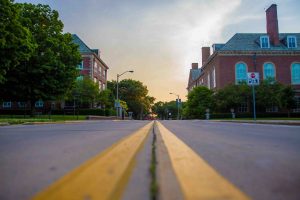 Can Yelp help Valley Center seniors avoid nursing homes with histories of elder abuse or neglect? Most residents of San Diego County think of Yelp as a crowd-sourced set of reviews for businesses like restaurants or retail establishments. However, according to a recent article in The New York Times, Yelp also might be able to provide helpful information about nursing homes and assisted-living facilities to patients and their families who are looking for places with high ratings.
Can Yelp help Valley Center seniors avoid nursing homes with histories of elder abuse or neglect? Most residents of San Diego County think of Yelp as a crowd-sourced set of reviews for businesses like restaurants or retail establishments. However, according to a recent article in The New York Times, Yelp also might be able to provide helpful information about nursing homes and assisted-living facilities to patients and their families who are looking for places with high ratings.
Given that nursing home abuse and neglect is a serious problem across Southern California and throughout the state, using an unlikely source such as Yelp to find reviews can not hurt. As the article points out, “gerontologists at the University of Southern California have been looking into Yelp nursing home reviews and think they make a useful addition to the homework any prospective resident or family member needs to undertake.”
Using Crowd-Sourced Information to Choose a Skilled Nursing Facility
 Southern California Nursing Home Abuse Lawyer Blog
Southern California Nursing Home Abuse Lawyer Blog
















